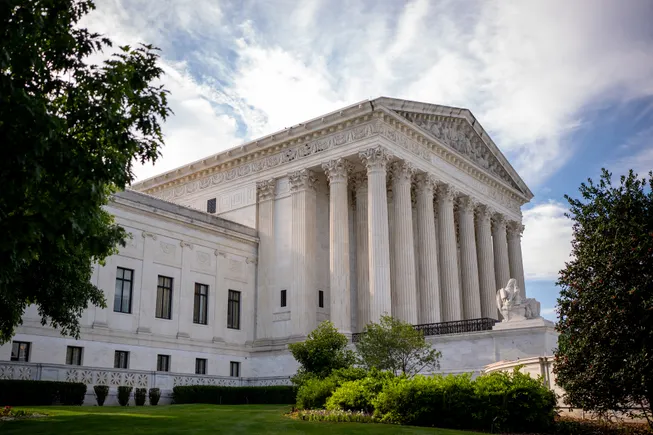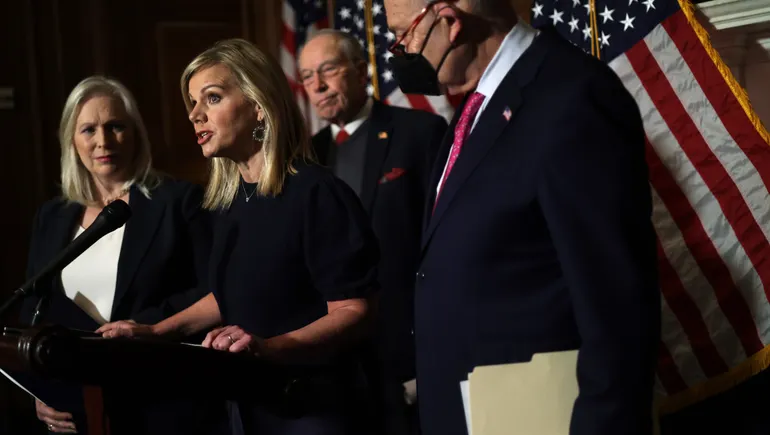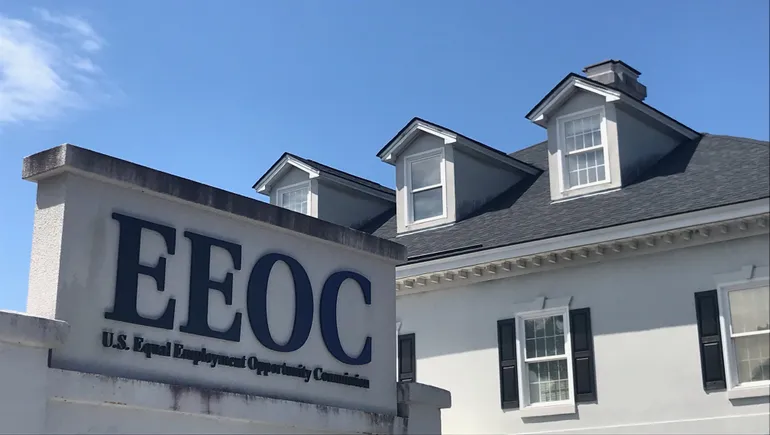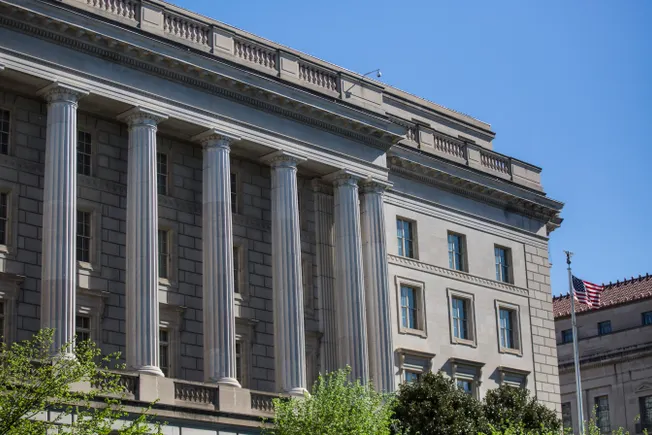Editor’s note: The Back to Basics column serves as an accessible way to understand employment law. If you’re new to HR (or just need a little refresher), follow along as the HR Dive team speaks with legal experts, peruses federal guidance and lays out the basics. Feel free to send tips, questions and feedback to [email protected].
A restaurant manager receives a cook’s request to take intermittent unpaid leave to deal with back pain flare-ups that make it difficult for him to stand or walk. The manager, together with the restaurant’s HR representative, determines that the employee’s request is covered by the Family and Medical Leave Act and it is approved.
Two weeks later, a member of the kitchen staff asks to show the manager a video that the staff member saw on social media. The video depicts the cook attending what seems to be a concert, jumping up and down and dancing to music. The timestamp on the video shows that it was taken during what would have been the cook’s usual dinnertime shift — but the manager knows the cook called out that evening to take leave.
When confronted with suspicions that an employee has misused or abused FMLA leave, employers have options, said Alexis Knapp, shareholder at Littler Mendelson. But those options must be exercised in a way that minimizes the risk of unlawful retaliation, she noted.
How to spot FMLA misuse
The FMLA permits eligible employees to take up to 12 weeks of unpaid, job-protected leave in a 12-month period for reasons such as care for a spouse, child or parent who has a serious health condition or for the employee’s own serious health condition.
When misuse occurs, it is increasingly discovered via social media, according to Knapp. HR may receive a knock on the door from a worker who has a screenshot or photo of a leave-taking employee attending a baseball game, throwing a party or taking part in some other activity when they should be on leave.
At other times, HR may recognize a pattern of abuse. For example, an employee who is certified to take intermittent FMLA leave may take the time in a way that raises eyebrows, Knapp said, such as before or after a holiday weekend or after a request for a vacation has been denied.
Still, how employers react to such suspicions is crucial, Knapp continued, especially because what is perceived to be evidence of abuse is not always as it appears.
“The employer needs to really hit the pause button and go through it like it would with any other investigation effort,” she said.
What to do if you suspect misuse
Employers should start by determining what they know about the nature of the employee’s leave and whether it is consistent with what the employer has seen or heard, Knapp continued. An employer may not know an employee’s exact diagnosis, she said, but it should know whether the need for leave is due to something like a physically incapacitating medical condition.
For instance, an employee who does physically-demanding manufacturing work and isn’t able to come to work due to back pain isn’t necessarily precluded from doing other life activities, like going grocery shopping. Similarly, an employee with a mental health diagnosis may in fact be taking a vacation while on leave at the direction of their doctor.
If inconsistency is a concern, employers can set up a meeting with the employee to hear their side of the story. It’s okay to be direct and ask about specific patterns or activities about which the employer is suspicious.
“Sometimes the employee has an answer that the employer never considered,” Knapp said. If there are still unanswered questions, though, that’s where an employer may decide to investigate further.
How to use medical certifications
Under the U.S. Department of Labor’s FMLA regulations, employers typically must wait at least 30 days before requiring a recertification of leave. However, there are exceptions, such as when an employer receives information that “casts doubt upon the validity of the employee’s stated reason for the absence or the continuing validity of the certification.”
Under such circumstances, the employer would be able to request recertification sooner. This can take the form of a letter to the employee’s healthcare provider asking whether the pattern of leave usage or observed life activity is consistent with the employee’s diagnosis.
The employer may decide to investigate in other ways, such as hiring a third-party investigator or interviewing other employees but Knapp said that both courts and the DOL have recently come to expect that employers will be thoughtful, deliberate and exhaustive of the options available to them under the FMLA’s regulations first.
Slow down, use a defensible process
It’s also important for employers not to overreact to what they find, Knapp said. A warning may be more appropriate in some instances than a termination, particularly if the employee is using FMLA for the first time. Conversely, termination may be appropriate for someone who serially abused FMLA leave and is found to have lied about doing so.
Employers should think of FMLA misuse investigations no differently than they would other violations, Knapp added. Thorough documentation of the employer’s reasoning is key throughout.
“There’s room to be assertive and proactive about this, but you have to do it in a defensible way,” Knapp said. “You just have to slow down and be intentional about that process.”






Leave a Reply